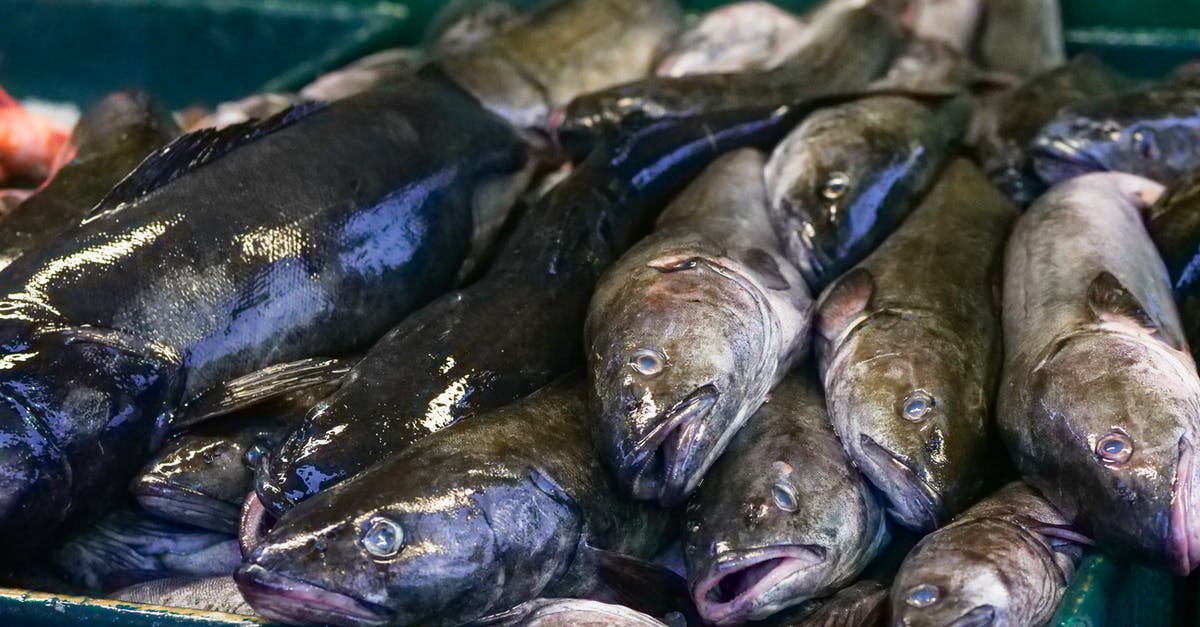How efficient is stock for protein extraction?

Proteins from collagen and tissues thicken stock. Fat is rendered too. Since fat settles to the surface after refrigeration, I assume that you can extract most or all of the fat through skimming chilled stock or with a gravy separator. That means that stock can be mostly a liquid protein, like a low calorie protein shake substitute.
My question is how efficient this extraction should be. If I made stock from 2kg of chicken thighs which have Xg protein and Xg fat, what fraction of that protein actually winds up in the stock if cooked in an optimal fashion? (and what is such an optimal fashion?) Are certain fats emulsified in the stock which cannot be skimmed? I have consulted online guides to stock nutrition facts and looked at supermarket varieties, but as we all know, those are thin soupy broths that don't congeal.
Best Answer
From Harlod McGee's "On Food and Cooking: The Science and Lore of the Kitchen":
The muscles that make up meat are mainly water and the protein fibers that do the work of contraction, which are not dispersable in water. The soluble and dispersable materials in muscle include about 1% by weight of collagen, 5% other cell proteins, 2% amino acids and other savory molecules, 1% sugars and other carbohydates, and 1% minerals, mainly phosphorus and potassium. Bones are around 20% collagen, pig skin around 30%, and cartilaginous veal knuckles up to 40%. Bones and skin are thus much better sources of gelatin and thickening power than meat. However, they carry only a small fraction of the other soluble molecules that provide flavor. (pg 598)
Accordingly, that 7% (5% + 2%) may be considered the upper bound for protein extraction, which will obviously depend on the specifics of the meat and cooking process. McGee then goes on to discuss the proper process for extraction, starting with cold water gradually heated:
The cold start and slow heating allow the soluble proteins to escape the solids and coagulate slowly, forming large aggregates that either rise to the surface and are easily skimmed off, or settle onto the sides and bottom. A hot start produces many separate and tiny protein particles that reamin suspended and cloud the stock; and a boil churns particles and fat droplets into a cloudy suspension and emulsion. (pg 599)
This also indicates that the the amount of emulsified fat will depend greatly on on the cooking process in addition to the fat content of the original ingredients. (I haven't been able to find much on differences in the extraction process for different animal fats.)
Pictures about "How efficient is stock for protein extraction?"



Why are plant proteins difficult to extract?
Plant proteins are more difficult to extract since they are protected by a rigid cell wall that contains several interfering agents (i.e proteases). Additionally, the type of plant, the part of the plant used (fruit, seed or leaf) and its age can also affect the results of your experiment.How do you remove protein from broth?
4 Steps to Clarifying StockWhat are 3 methods to extract protein from a sample?
For proteins, it is possible to use the following techniques either in a single step or sequentially: hydrophobic interaction column chromatography, size exclusion chromatography, ion exchange column chromatography, and affinity chromatography.What other methods can be used to prepare protein extracts?
Proteins may thereby be extracted from particular cell compartments via multiple rounds of centrifugation. Additionally, nucleic acids can be chemically precipitated out of the initial tissue slurry and removed by centrifugation. A similar technique can be used to precipitate proteins out of the supernatant.Lecture 32 Isolation and Purification of Proteins
Sources: Stack Exchange - This article follows the attribution requirements of Stack Exchange and is licensed under CC BY-SA 3.0.
Images: Monstera, Emma Cate, Kindel Media, Kindel Media
